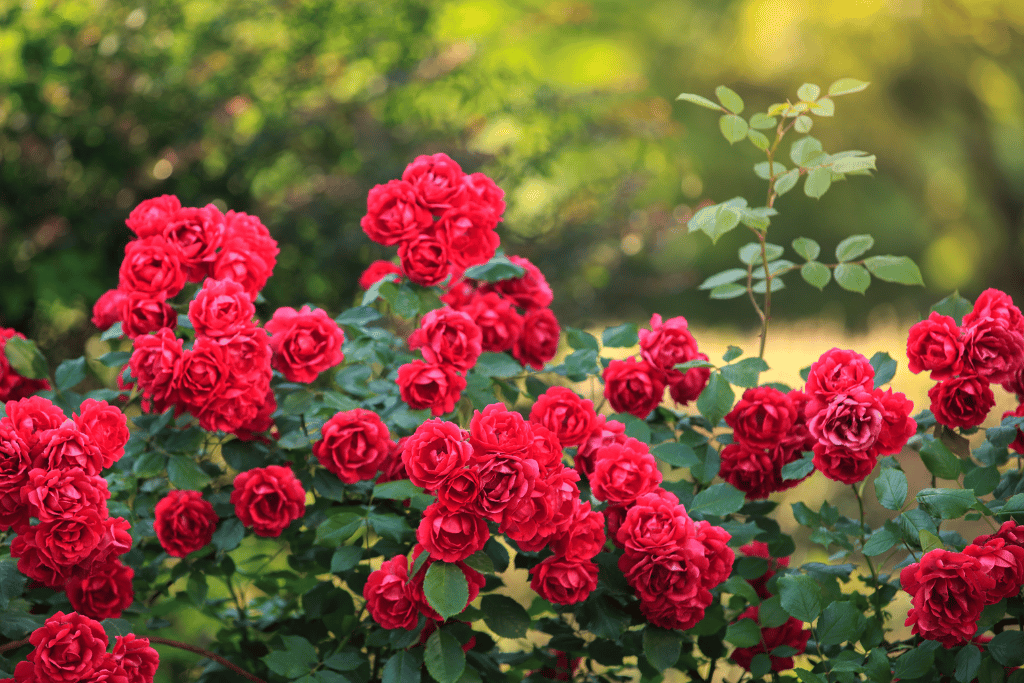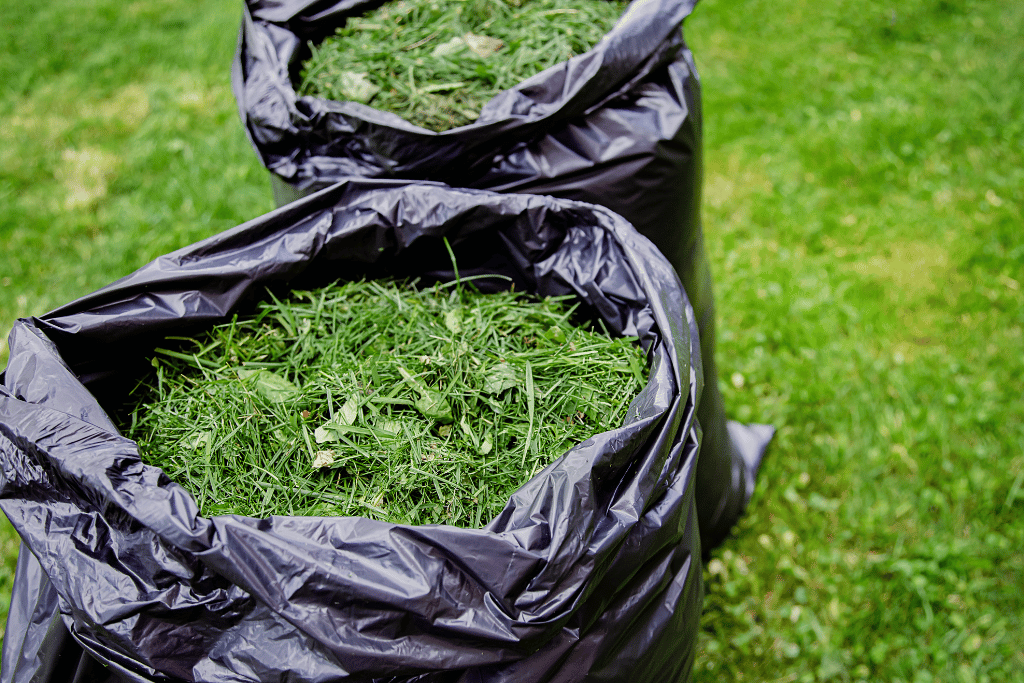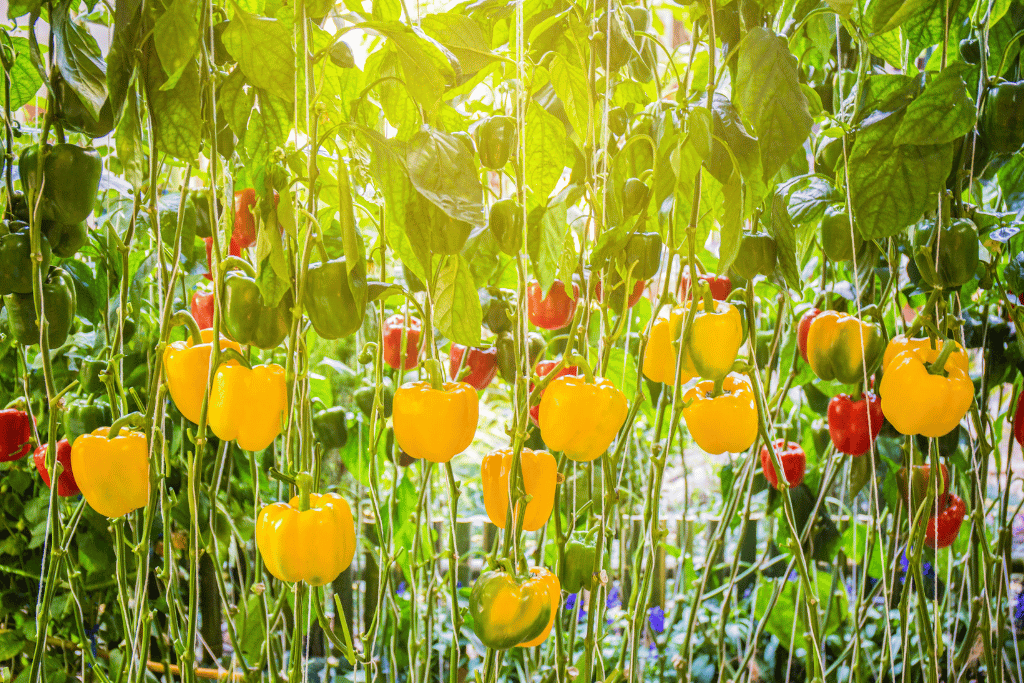
Dive into the captivating world of bell pepper cultivation, where each vibrant gem holds a tale of growth and triumph. Embark on this horticultural adventure with me and let your inner plant enthusiast flourish as you get familiar with and witness each of the exciting bell pepper growing stages. Let the gardening magic begin!
Bell Pepper Fast Facts
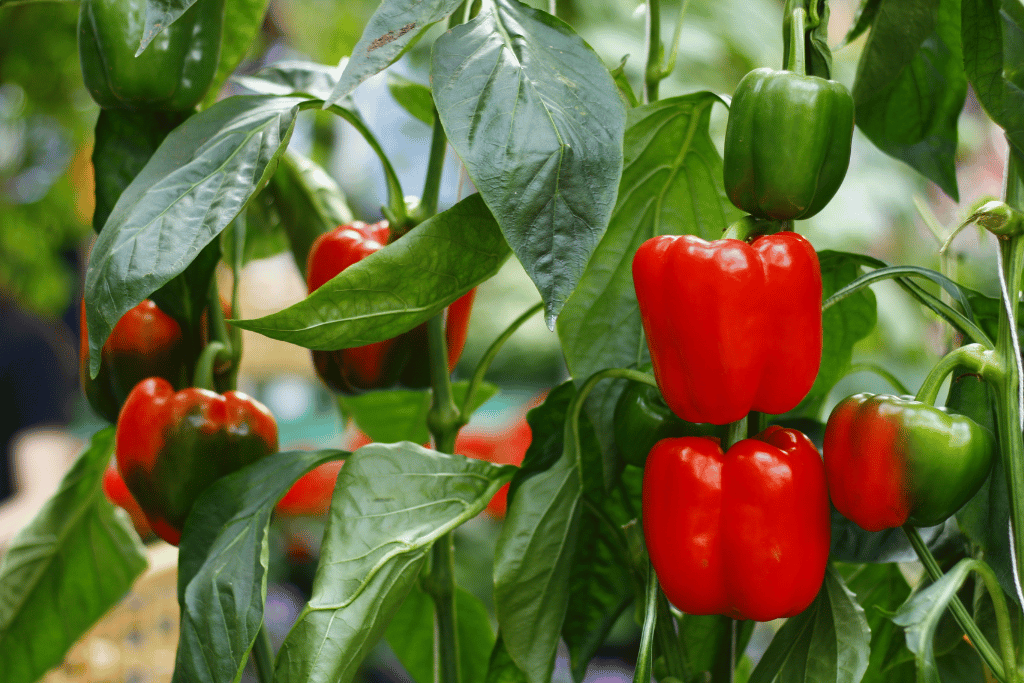
Before we get into the growing stages of bell peppers, let’s cover some basics about them. Bell pepper (Capsicum annuum) is a popular vegetable belonging to the Solanaceae family, along with the banana pepper and cayenne pepper. Originating from South and Central America, it is now grown worldwide. This sweet variety comes in diverse colors, including green, yellow, red, and orange. Unlike its slender cousin, the serrano pepper, the physical appearance of this chubby fruit is characterized by a thick and fleshy body with a bell-like shape, hence its indicative name. The size and height of the plant vary depending on the cultivar, with some reaching up to 3 feet tall (about 1 meter). On average, a single bell pepper plant can produce between 6 to 10 fruits. While these brilliant kitchen staples can be grown both outdoors and in greenhouses, indoor cultivation is usually preferred for a better yield and protection against pests and extreme weather conditions.
Bell Peppers Growing Stages
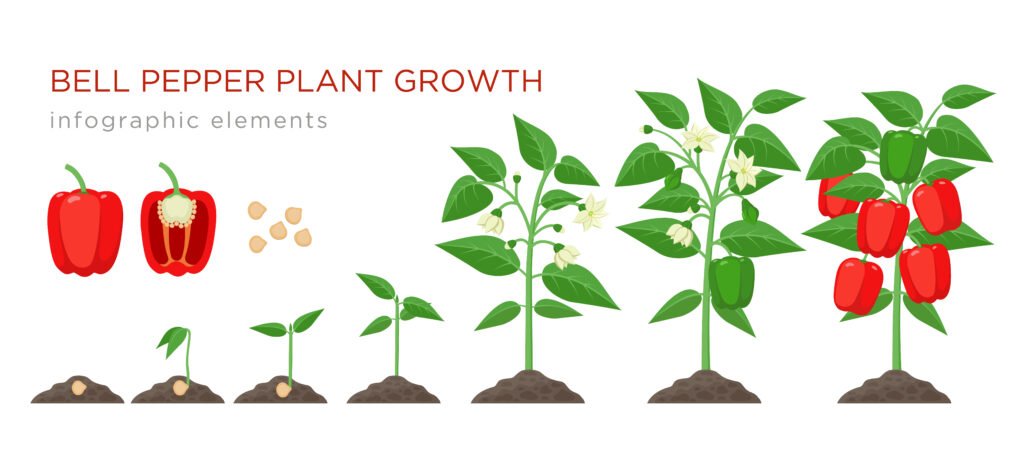
- Germination: In the germination stage, it is crucial to provide the appropriate conditions to ensure successful sprouting. Bell pepper seeds typically require a soil temperature of 70-90°F (21-32°C) for optimal germination, and the process can take anywhere from 7 to 21 days. It’s important to maintain consistent moisture levels in the soil, as allowing it to dry out or become waterlogged can negatively affect germination. Some gardeners prefer to start the seeds indoors in seed trays or peat pots, allowing for better control over growing conditions before transplanting the seedlings outdoors once frost cannot jeopardize plant development and temperatures stay consistently above 60°F (15°C).
- Vegetative Growth: As the bell pepper plant gets bigger and stronger, it is essential to give it adequate space for root development and access to sunlight. These greens should be spaced about 18-24 inches (45-60 cm) apart and may benefit from the support of a stake or cage as they mature. To encourage strong root growth and maximize nutrient uptake, a balanced fertilizer containing nitrogen, phosphorus, and potassium can be applied during this stage. If you don’t have access to the right product, you can always create your own phosphorous fertilizer at home. Also, ensure that the soil is well-draining and has a pH between 6.0 and 6.8 for optimal nutrient availability.
- Flowering: The stages of growing bell peppers wouldn’t be complete without flowering. To foster flower production and fruit set, monitor the plant’s nutrient and water needs closely. Over-fertilizing with nitrogen can lead to excessive foliage growth at the expense of flower development. Applying a fertilizer lower in nitrogen and higher in phosphorus and potassium may promote flowering. This greenery benefits from a consistent watering schedule as well, which allows for the soil to remain evenly moist without becoming soggy.
- Pollination: While bell pepper flowers are self-pollinating and do not require cross-pollination from another plant, they might still profit from external assistance. Encouraging beneficial insects, such as bees and other pollinators, to visit your garden helps to increase pollination rates. You can also gently shake or tap the plants to release pollen and facilitate pollination, particularly if growing conditions are less than ideal, such as high humidity or low air circulation.
- Fruiting: Among the diverse bell pepper growing stages, fruiting is definitely the most rewarding. As the produce develops, it is vital to maintain consistent hydration and provide adequate food, particularly potassium, and calcium, to support fruit growth and prevent issues such as blossom-end rot. Regularly inspect the greens for pests and diseases, as they potentially cause significant damage during this phase. Removing any damaged or diseased fruit promptly prevents the spread of infection and improves overall yield quality.
- Ripening: During the ripening phase, reduce the frequency of watering to boost fruit maturation and the development of sweeter, more flavorful peppers. You are free to harvest bell peppers at any stage of ripeness, depending on your taste preference and intended use. However, allowing them to fully ripen on the plant will result in the sweetest and most nutrient-rich produce. Collect them carefully, using clean, sharp scissors or pruners to cut the stem, leaving a small portion of it attached to the fruit to prevent damage and extend shelf life.
Bell Pepper Growing Season
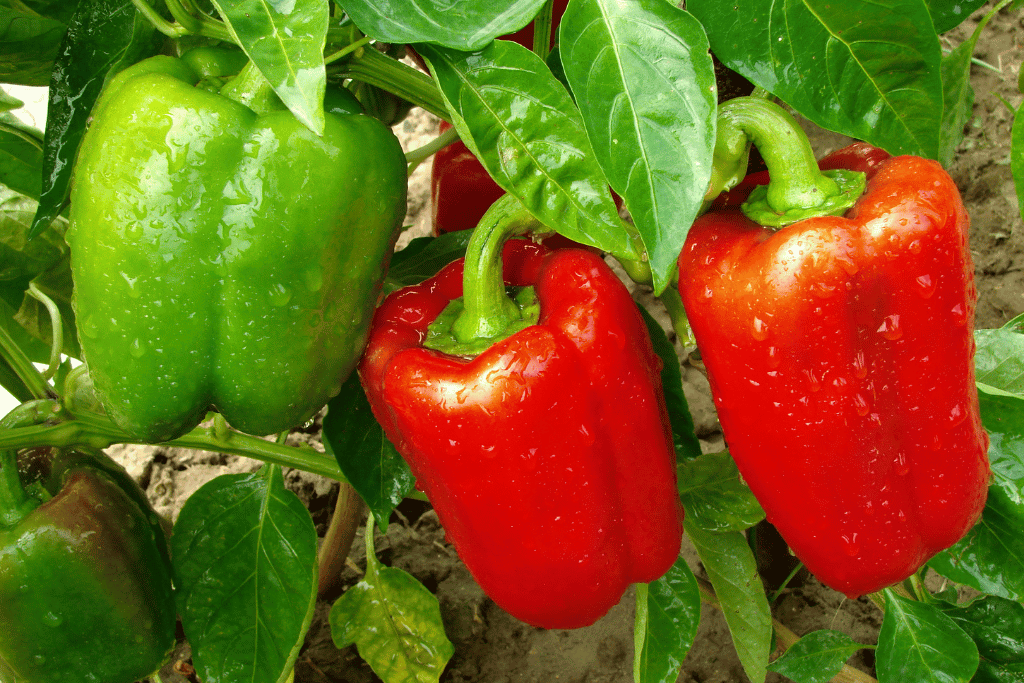
The growing season of bell peppers is typically between April and June, once the danger of frost has passed and temperatures continually remain above 60°F (15°C). Throughout the sun-filled summer months, your peppers will flourish, transforming into colorful and flavorful treasures. By aligning with nature’s rhythm and granting proper treatment, you’ll be rewarded with a bountiful harvest of delicious fruits to enjoy for months.
Bell Peppers Grown In Greenhouses
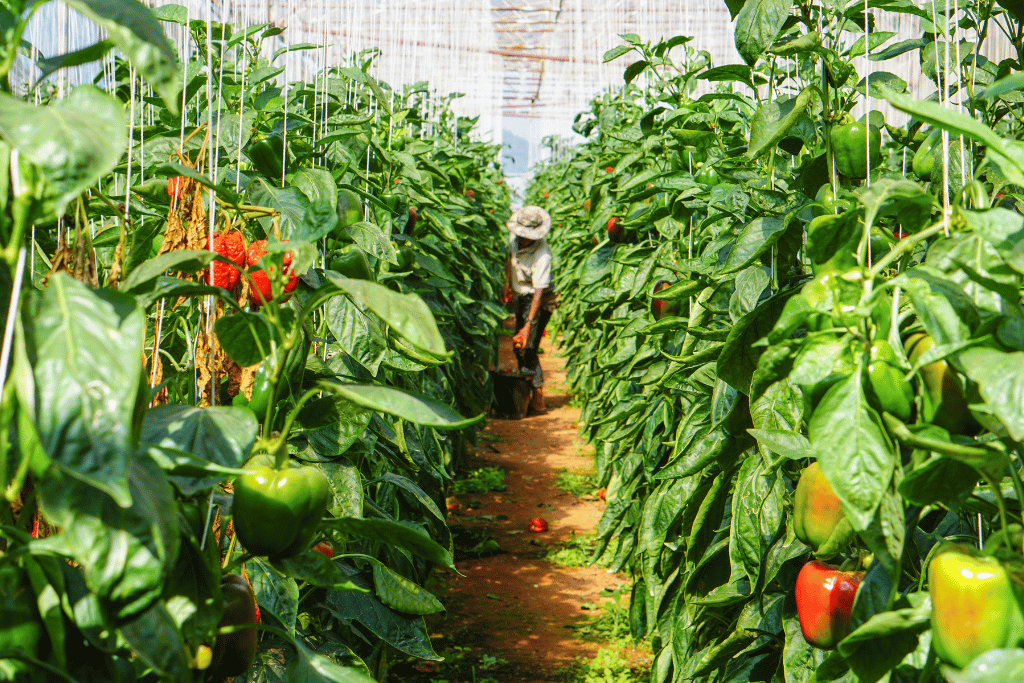
Greenhouse cultivation of bell peppers offers a controlled environment, where warmth-loving plants thrive regardless of external weather conditions. This sanctuary lets you extend the growing season, giving a head start in spring or continuing development into cooler months. Within this protective haven, temperature, humidity, and light are all easily regulated, optimizing plant development and yield throughout the growing stages of bell peppers.
Greenhouse-grown peppers benefit from reduced exposure to pests and diseases, promoting healthier greenery. This method allows for precise watering and nutrient management, fostering vibrant, flavor-packed produce. By embracing greenhouse cultivation, you’ll harness the power of a tailored environment, reaping the rewards of a flourishing, abundant harvest during each stage of growing bell peppers.
Most Common Pests and Diseases Affecting Bell Pepper Growth
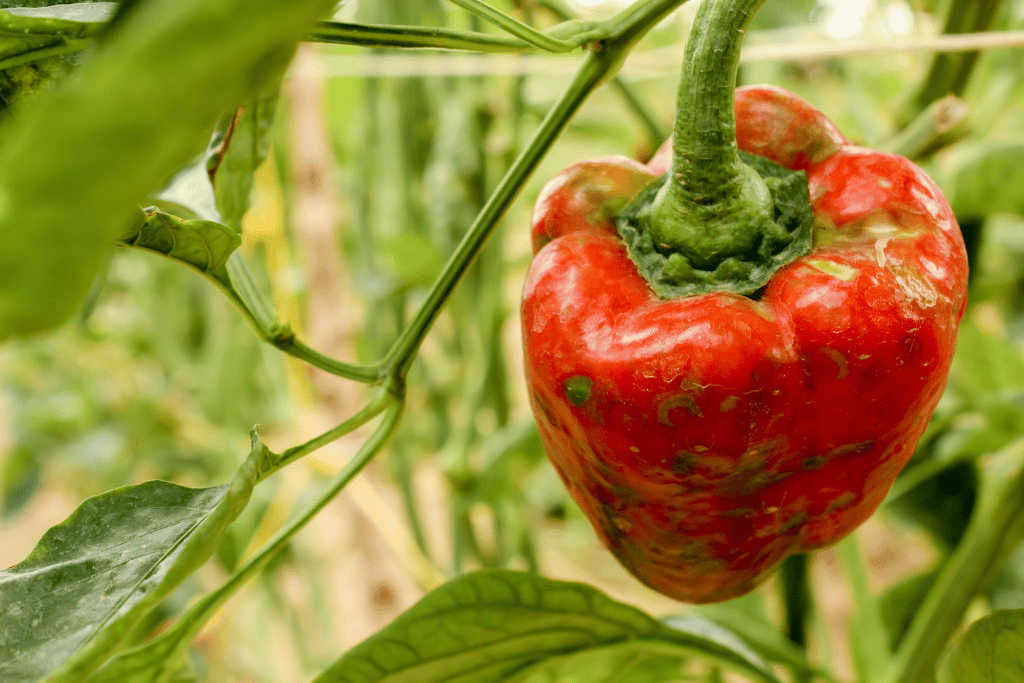
Unfortunately, plants are susceptible to different types of pests and diseases, and this vivid delicacy is not exempt from this. However, with the appropriate knowledge and solution at hand, you can deflect any invaders trying to block the optimal growing stages of bell peppers. Let’s see what kinds of wrongdoers you might come across during cultivation:
Pests
- Aphids: Small, sap-sucking insects that are responsible for leaf curling and virus transmission. Control them with insecticidal soap, and neem oil, or by introducing natural predators like ladybugs.
- Whiteflies: Tiny white insects that feed on sap, weakening the plant and causing leaf yellowing. Manage them with sticky traps, insecticidal soap, or by welcoming some natural predators to your garden, like lacewings.
- Spider mites: Microscopic critters that cause stippling on leaves, leading to discoloration and defoliation. The easiest ways to eradicate them include neem oil, insecticides, or increasing humidity around the plants.
Diseases
- Bacterial spot: Leads to irregular, water-soaked spots on leaves and fruit, bringing about reduced yield. Prevent it through crop rotation, proper air circulation, and removing infected plant material.
- Anthracnose: A fungal disease that leaves sunken, water-soaked lesions on fruit behind, making them inedible. Proper sanitation, crop rotation, and the use of fungicides may greatly contribute to the mitigation and elimination of this issue.
Wrapping Up
As you celebrate the journey of the various growing stages of bell peppers, embrace the lessons learned and savor the fruits of your labor. With persistence, care, and a touch of green-thumb magic, you’ll transform tiny seeds into a striking, tasty bounty to share with family and friends. Cultivate with joy!
Frequently Asked Questions (FAQ)
What is the life cycle of bell peppers?
The life cycle of bell peppers starts with seed germination, followed by vegetative growth, and flowering. After pollination, fruit development occurs, and the pepper reaches maturity in about 70-80 days. The plant can continue to produce fruits until the end of the growing season or until it is killed by frost.
Why do bell peppers take so long to grow?
Bell peppers need quite some time to grow because they require a long warm growing season, typically around 70-80 days. Additionally, they have a relatively slow growth rate and need consistent moisture and nutrients to thrive.
How many bell peppers will one plant produce?
Usually, the number of bell peppers produced by one plant varies depending on the variety, growing conditions, and care provided. On average, a healthy bell pepper plant produces approximately 6 to 8 fruits per season.


